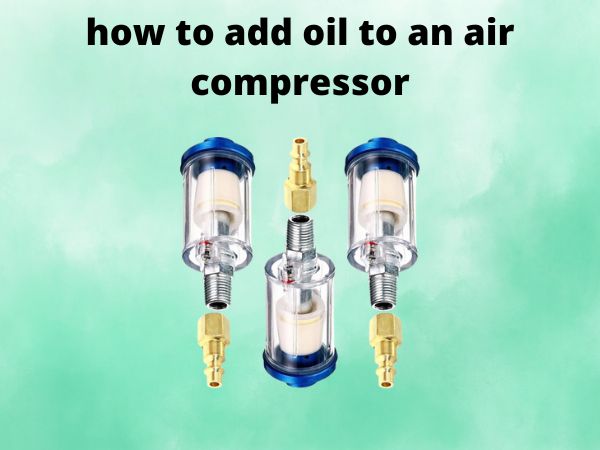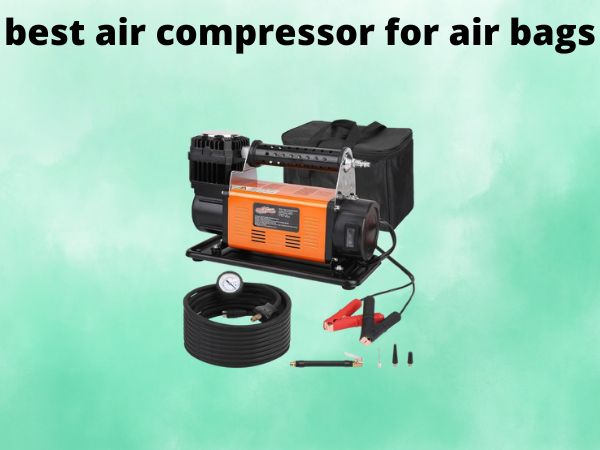How to Add Oil to an Air Compressor: Easy Maintenance Guide
As an avid DIYer and workshop enthusiast, I know the importance of properly maintaining my tools and equipment. One crucial aspect of air compressor upkeep is regularly adding oil to ensure smooth, efficient operation. Whether you’re using your compressor for automotive work, home projects, or industrial applications, keeping it well-lubricated is key to its longevity and performance.
In this comprehensive guide, I’ll walk you through the step-by-step process of adding oil to your air compressor, sharing expert tips and tricks along the way. By the end, you’ll be an air compressor oil-changing pro, able to keep your trusty machine in tip-top shape for years to come.
Table of Contents
Why Oiling Your Air Compressor Matters
An air compressor is a complex piece of machinery with many moving parts, all of which require proper lubrication to function optimally. The oil serves several critical purposes:
- Reduces Friction – The oil creates a thin, protective layer between metal components, minimizing wear and tear from constant friction and motion.
- Cools Internal Components – As the compressor operates, the oil helps dissipate heat buildup, preventing overheating and damage.
- Seals Air Compression – The oil helps maintain a tight seal between the piston and cylinder walls, improving the compressor’s air compression efficiency.
Neglecting to add fresh oil at the recommended intervals can lead to a host of problems, including reduced airflow, loss of power, and in the worst-case scenario, complete compressor failure. That’s why establishing a regular oil change routine is so vital for the long-term health of your air compressor.
When to Change the Oil
Most air compressor manufacturers suggest changing the oil every 12 months or 500 hours of use, whichever comes first. However, it’s important to consult your specific model’s owner’s manual, as the recommended interval may vary.
Additionally, you should change the oil if you notice any of the following signs:
- The oil appears dirty, discolored, or contaminated
- The compressor is making unusual noises or sounds
- The airflow or pressure seems reduced
- The compressor is running hotter than normal
Don’t wait until you see these issues to take action – it’s better to be proactive and change the oil before problems arise.
Gathering the Necessary Supplies
Before you begin the oil-changing process, make sure you have all the required supplies on hand. You’ll need:
- The appropriate type and quantity of oil for your air compressor model (check the owner’s manual)
- A clean, lint-free rag or paper towels
- A socket wrench or other tools needed to access the oil drain plug
- A container to catch the used oil
It’s also a good idea to have a funnel on hand to help pour the new oil into the compressor without making a mess.
Step-by-Step Guide to Adding Oil
Now that you have all the necessary supplies, let’s dive into the oil-changing process step by step:
1. Prepare the Compressor
Start by ensuring the air compressor is turned off and unplugged from the power source. This will prevent any accidental start-ups during the maintenance process.
2. Locate the Oil Drain Plug
Consult your owner’s manual to identify the location of the oil drain plug, which is typically found on the bottom or side of the compressor’s tank or pump assembly.
3. Drain the Used Oil
Place your catch container underneath the drain plug, then use your socket wrench or other tool to carefully loosen and remove the plug. Allow the old oil to fully drain out before proceeding.
4. Replace the Drain Plug
Once the old oil has drained, replace the drain plug and tighten it back up, making sure it’s secure.
5. Add the New Oil
Locate the oil fill port, which is often marked with an “Oil” label or symbol. Using your funnel, slowly pour in the recommended amount of new oil, checking the dipstick or oil level indicator to ensure you don’t overfill.
6. Dispose of the Used Oil
Carefully pour the used oil into a suitable container, such as an old milk jug or oil bottle, and take it to your local hazardous waste disposal facility or auto parts store for proper recycling.
7. Check for Leaks
After adding the new oil, inspect the compressor for any signs of leakage around the drain plug or other fittings. Tighten any loose components as needed.
8. Run the Compressor
Finally, plug in your air compressor and turn it on, allowing it to run for a few minutes. This will help circulate the new oil and ensure proper lubrication throughout the system.
Conclusion
Maintaining your air compressor by regularly adding fresh oil is a simple yet essential task that can extend its lifespan and keep it running at peak performance. By following the steps outlined in this guide, you’ll be able to tackle this routine maintenance with confidence, ensuring your trusty air compressor is always ready to tackle your next project.
FAQs
What type of oil should I use in my air compressor?
The type of oil recommended for your air compressor will depend on the specific model and manufacturer. Consult your owner’s manual or the compressor’s documentation to determine the correct oil type, which is typically a non-detergent, petroleum-based compressor oil or synthetic oil.
How much oil does my air compressor need?
The required oil capacity can vary greatly between different air compressor models. Again, check your owner’s manual for the recommended oil quantity, which is typically measured in quarts or milliliters. Overfilling the compressor can cause issues, so it’s important to follow the manufacturer’s guidelines.
Can I use motor oil in my air compressor?
No, it’s not recommended to use motor oil in an air compressor. Motor oils are formulated for different applications and may not provide the necessary lubrication or resistance to oxidation required for air compressor use. Always use the oil type specified by the manufacturer to ensure optimal performance and protection for your compressor.
How often should I change the oil in my air compressor?
Most air compressor manufacturers recommend changing the oil every 12 months or 500 hours of use, whichever comes first. However, it’s essential to consult your specific model’s owner’s manual, as the recommended oil change interval may vary. Additionally, you should change the oil if you notice any signs of contamination or reduced performance.
What happens if I don’t change the air compressor oil regularly?
Neglecting to change the oil in your air compressor can lead to a number of problems, including reduced airflow, loss of power, increased wear and tear on internal components, and in the worst-case scenario, complete compressor failure. Regular oil changes are a critical part of maintaining the overall health and longevity of your air compressor.




